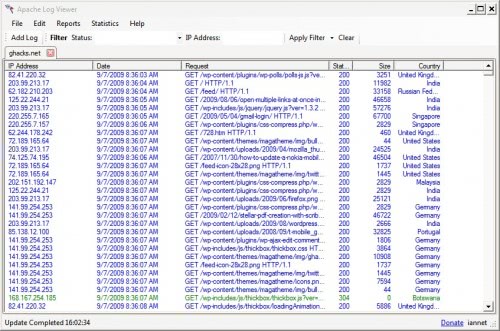MGUIDE is my most up to date research work, and I am very proud of what I have accomplished. However, I’ve become eager to outgrow the domain and transfer my research skills to the digital media world. I am interested in any form of digital interactive applications (websites, social networks, interactive-tv, search engines, games, etc). I am highly experienced in using the following techniques for user research:
A: User Research
A1.0 Quantitative Research
Surveys/Questionnaires (Online and Offline):
 | Post-test and pre-test questionnaires provide real insights into user needs, wants and thoughts. I use powerful statistics (e.g., Cronbach's Alpha) to ensure that the questionnaires I create, are both reliable and valid. I can apply these skills into any domain with minimum adaptation time. |
Performance Measures:
 | Performance measures, like for example, time to complete a task, the number of errors conducted, scores in retention tests, etc, provide strong indication of how easily people can achieve tasks with a system. If this data are correlated with other objective or subjective measures they can provide deeper user insights than surveys/questionnaires alone. |
Log File Analysis:
 | A log is a file that lists actions that have occurred. Both quantitative and qualitative data can be stored in a log file for later analysis. I use device/system logs to automatically collect data such as time to complete a task, items selected on the interface, keys pressed etc. |
A2.0 Qualitative Research:
Focus Groups:
 | I mainly use focus groups for requirements gathering, either through the introduction of new ideas and discussion and/or the evaluation of low-fidelity prototypes. |
Direct Observation:
 | One of the most common techniques for collecting data in an ethnographic study is direct, first-hand observation of participants. I am experienced in using direct observation for note taking in both indoor and outdoor environments.I find gaining an understanding of users through first-hand observation of their behaviour while they use a digital system, genuinely exciting. During my work in MGUIDE direct observation was used to uncovered a number of interesting user-insights that were then correlated with user views collected from the questionnaires. |
User Interviews & Contextual inquiry:
 | Other common ethnographic techniques are user interviews and contextual Inquiry. I use extensively open-ended interviews i.e., interviews where the interviewees are all asked the same-open ended questions, in both field and lab conditions. I like the particular style as it is faster and can be more easily analysed and correlated with other data. |
Think Aloud Protocol:
 | Think-aloud is a technique for gathering data during a usability testing session. It involves participants thinking aloud as they are performing a set of specified tasks. I have used think-aloud very successfully in navigation tasks, where participants had to verbalise their answers to navigation problems as those presented by two interactive systems. |
A3.0 Quantitative & Qualitative Research
Usability and Accessibility testing:
Continues in the next post


0 comments:
Post a Comment